Talk Overview
In his first talk, Dr. Jorgensen describes the historic experiments leading to our current understanding of synaptic transmission. In the 1950s, Sir Bernard Katz proposed that stimulation of a neuron caused synaptic vesicles to fuse with the plasma membrane and release neurotransmitter. Two decades later, John Heuser and Tom Reese produced stunning electron micrographs proving that Katz’ theory was right. In addition, Heuser and Reese made that surprising finding that just 30 sec after nerve stimulation, synaptic vesicles are recycled via clathrin-mediated endocytosis.
Part 2 of Jorgensen’s talk focuses on work from his lab showing that there is a second mechanism for recycling synaptic vesicles which he calls ultrafast endocytosis. Ultrafast endocytosis occurs 1000x faster that the clathrin-mediated endocytosis identified by Heuser and Reese. Using electron microscopy, Jorgensen and his colleagues found that non-clathrin mediated endocytosis begins so rapidly after stimulation that it overlaps in time with synaptic vesicle exocytosis! Jorgensen goes on to explain why two mechanisms for recycling synaptic vesicles are necessary in vivo.
Speaker Bio
Erik Jorgensen
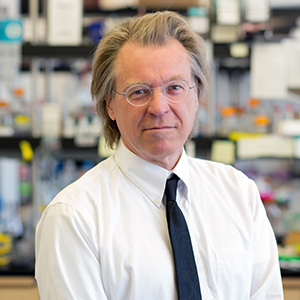
Erik Jorgensen is a Distinguished Professor of Biology and a member of the Program in Neuroscience at the University of Utah, and an Investigator of the Howard Hughes Medical Institute. His lab studies the molecular mechanisms of synaptic transmission with a focus on synaptic vesicle fusion and recycling. Jorgensen’s lab uses genetics, biochemistry, light and… Continue Reading
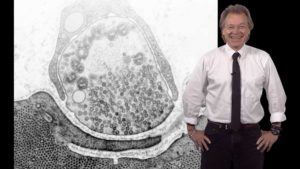
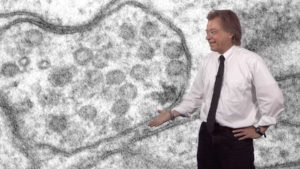
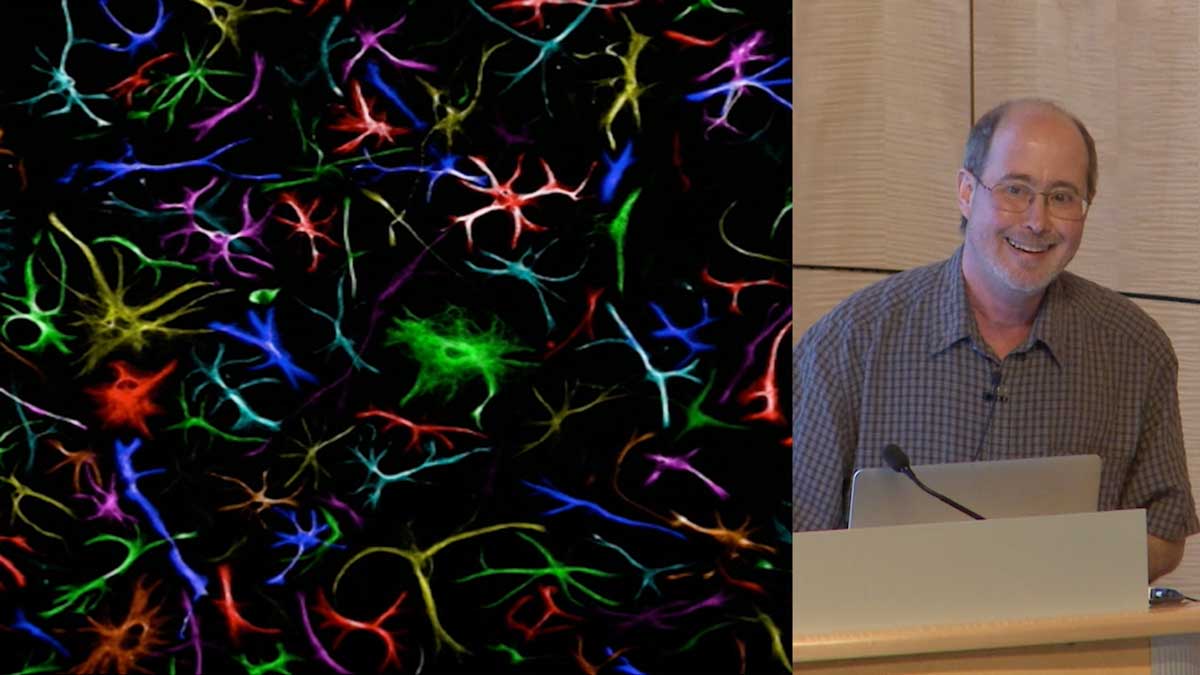
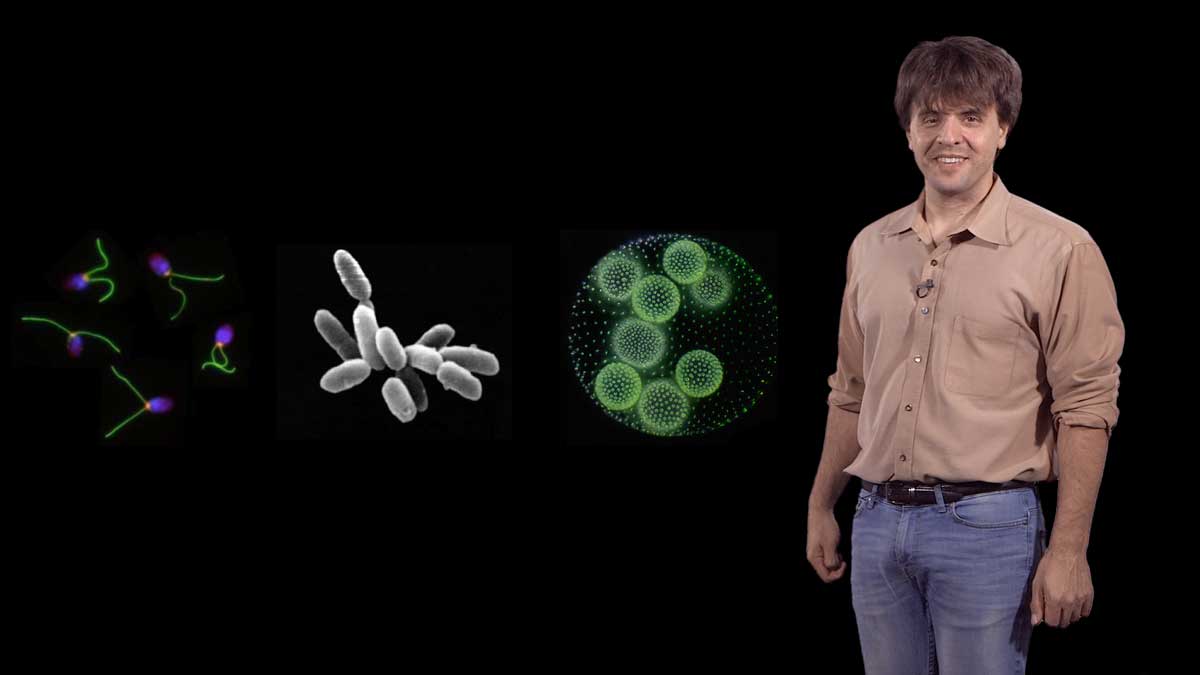
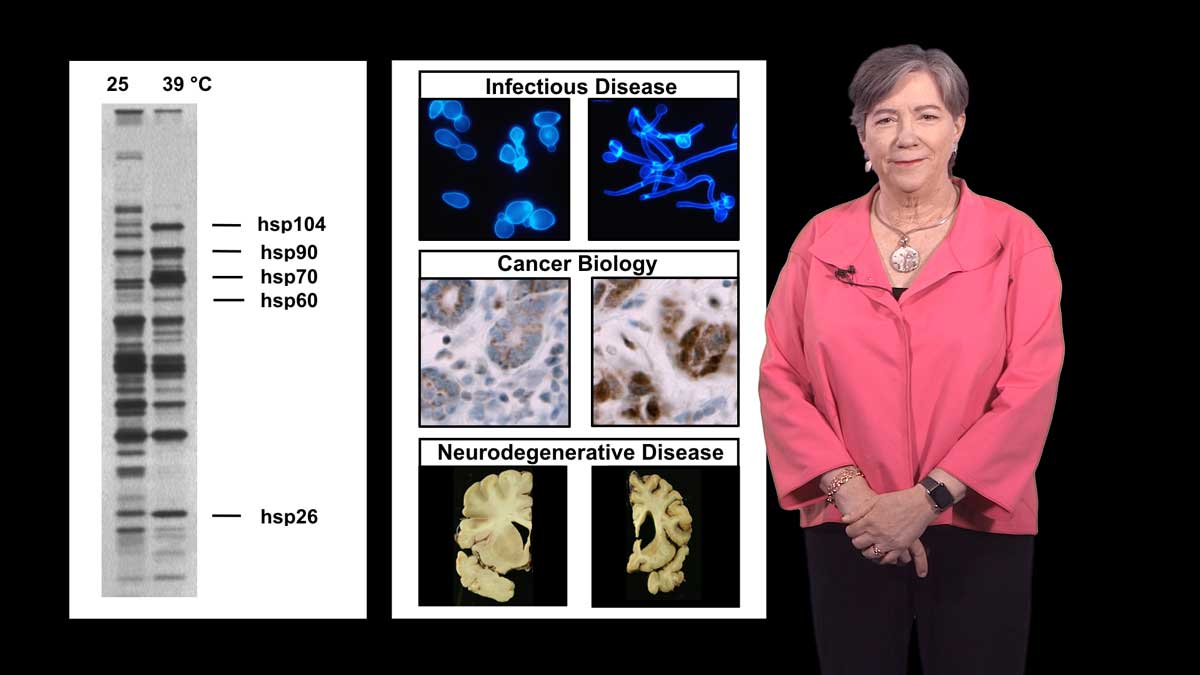
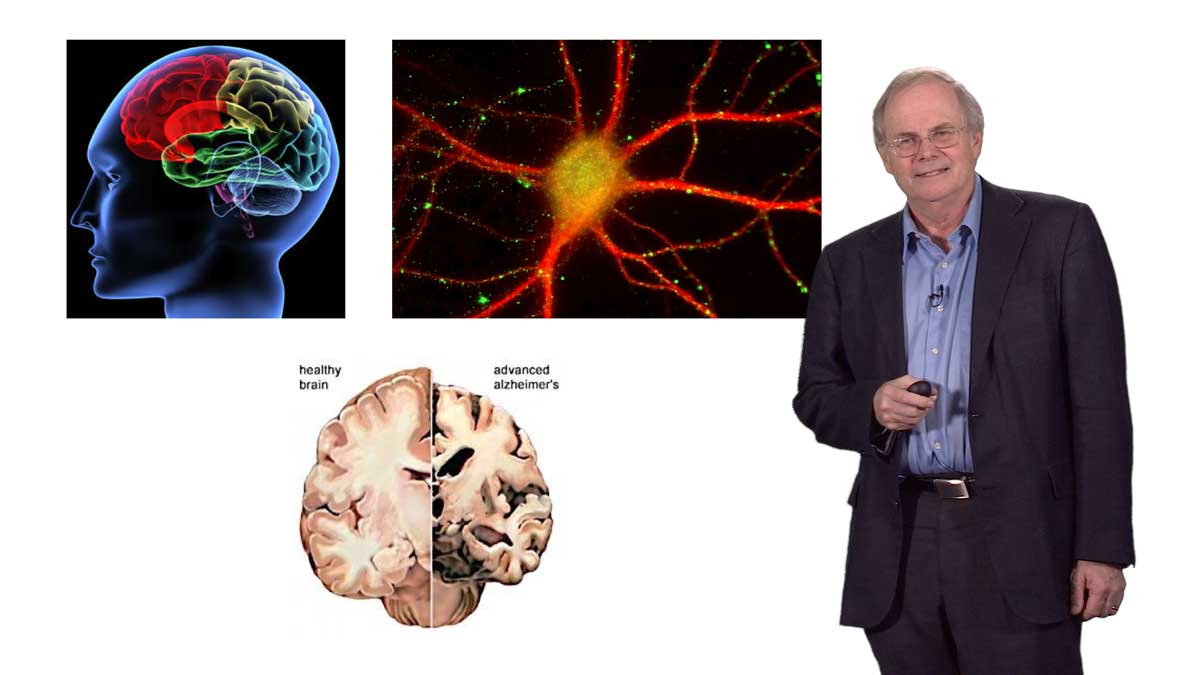





Leave a Reply